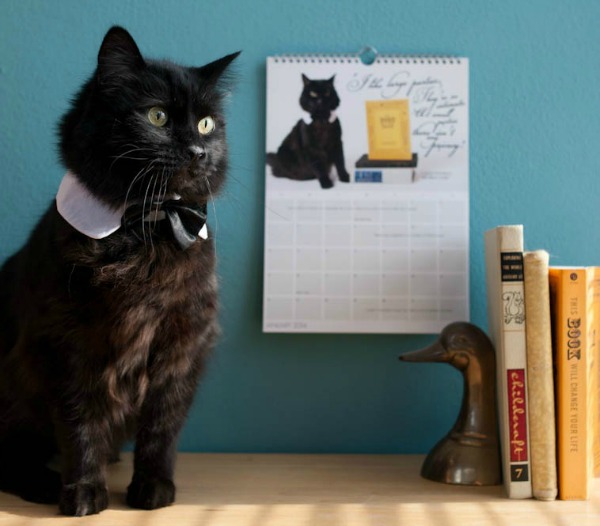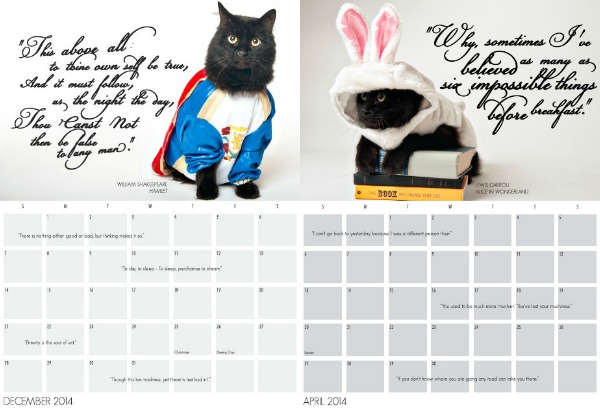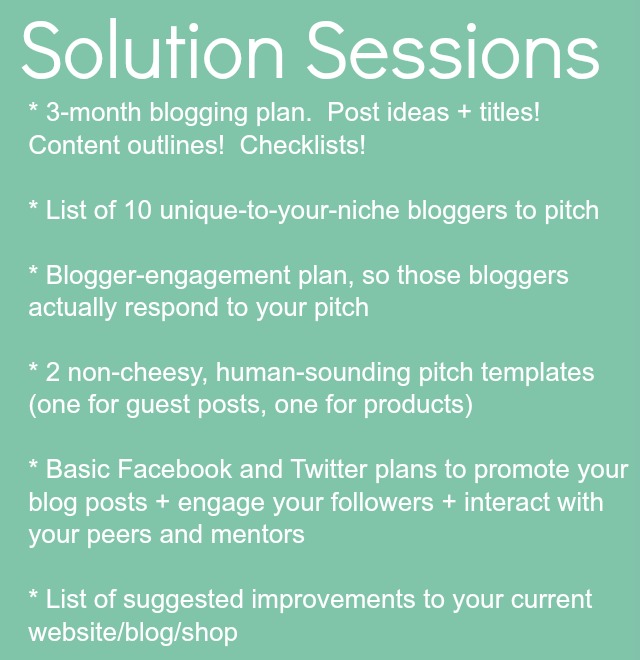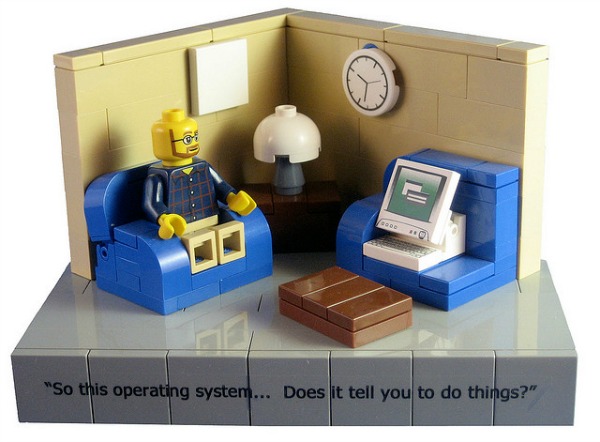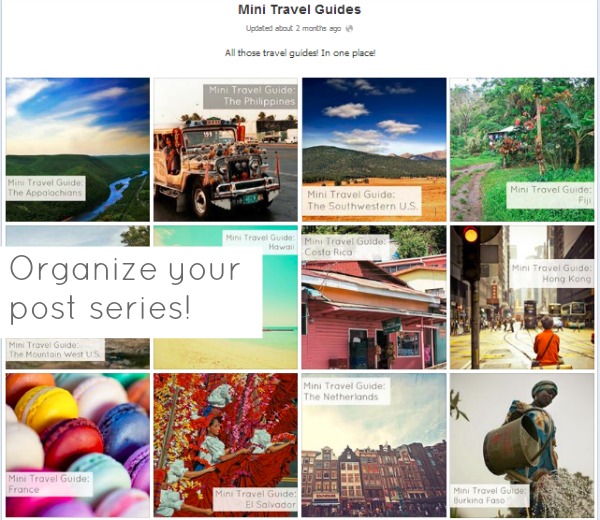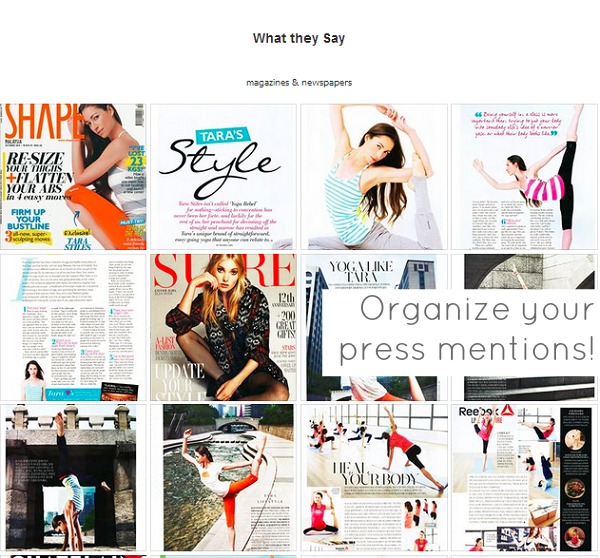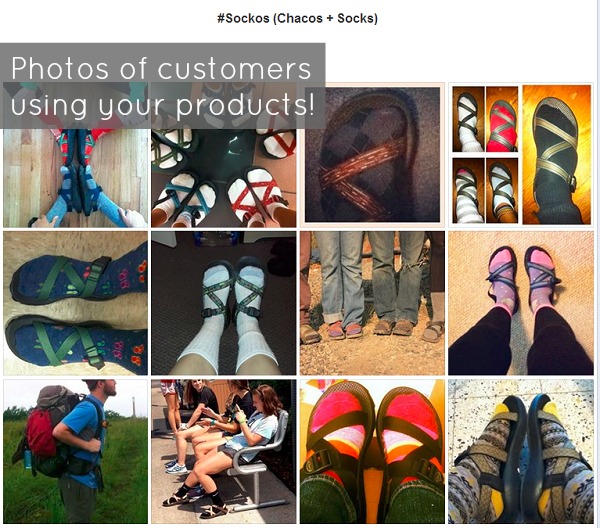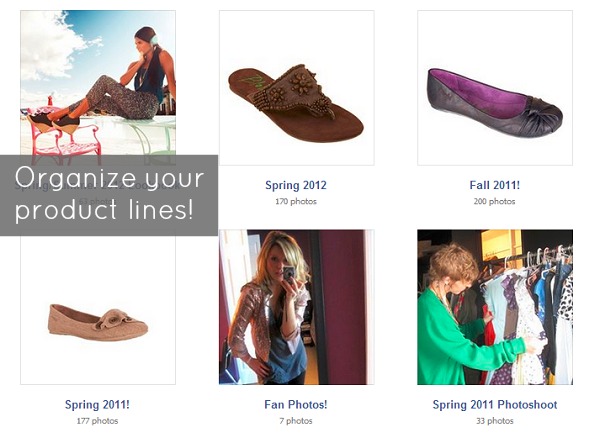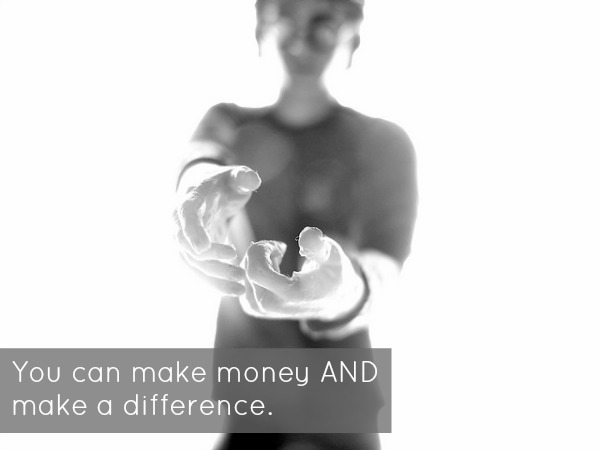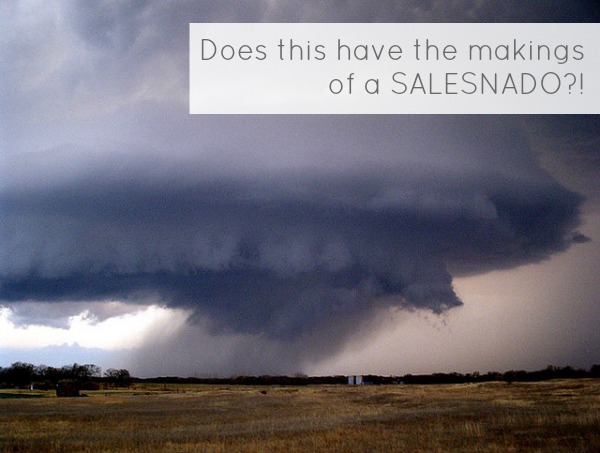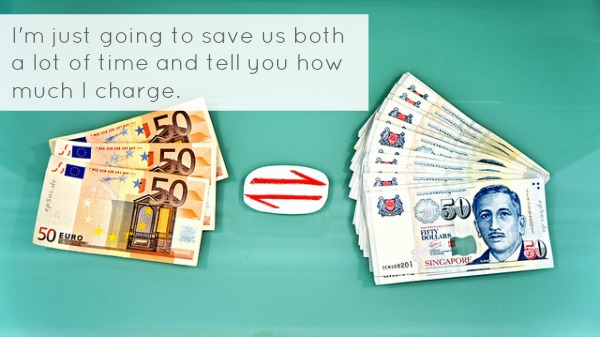
So you’re pretty sure you’re meant for something beyond the cubicle. You want your efforts and creativity to be tied to your income - rather than your boss’s income. Or maybe you just want more flexibility in your work day. Regardless, you’re interested in pursuing self-employment, you’re just not sure where to start.
There are a million different ways to become your own boss (my own path to self employment was sort of weird and included three months in India and Nepal) but here is an incredibly basic, stripped-to-the-necessities outline to make the leap to self-employment. Of course, mileage may vary but each of these steps will serve you well.
Find the intersection of what you like to do/what you’re good at/what people will pay you to do
I love to watch cat videos and eat cheese. Shockingly enough, there are very few people who are willing to pay me to do this. However, I’ve been getting paid to write for 14 years, I have marketing/pr/advertising experience, and I’ve been blogging for 5+ years. I can do a lot of awesome stuff with those skills. Think about what you like to do and are good at (art? planning parties? cooking?) and then think about how you can do that thing for money (graphic design! event planning! catering!)
Now do that for free or cheap for awhile
Just about everything in life has a learning curve and people will be a lot more gracious about your mistakes or extended deadlines if you’re not charging them (or charging them very little.) There are lots of ways to bulk up your skills - volunteer to do social media for your friend’s company, put out a call for clients on Facebook, cook for your friend’s family reunion, email your favorite small businesses and offer them five hours of your expertise for free. Make sure that when you do this, you’re very, very clear with your clients that
a) you’re still a relative beginner
b)you’re doing this to build your portfolio and you’d like constructive feedback and a testimonial in exchange for your work
Also! You can offer up your skills (for free) on The Network of Nice!
Hone your skills, learn more about your field, gather testimonials
As you’re doing all that free/cheap work, really listen to the feedback that others are giving you. Read websites/blogs/magazines about your field and talk to other people who are doing similar things. Keep gathering testimonials and content for your portfolio.
Create a website for your business
It really, really doesn’t have to be anything fancy. The first iteration of Sarahvonbargen.com was something I designed myself on blogspot! You do need a list of services that you offer, testimonials from clients (preferably with a headshot and links), and an About page that tells us why we should hire you and a how you developed these skills.
Other non-negotiables? Business cards (I love Moo cards), 1-3 social media accounts, and a non-gmail address. (If you can’t figure out a non-gmail email account, just use a contact form).
Network like whoa
Networking gets a bad name. Really, it’s just making friends! Reach out to the people in your life and tell them what you’re doing (for this I very highly recommend Alex Franzen’s Five Scripts To Fill Your Client Docket). Follow/email/reach out to bloggers who work in or write about your field of expertise. Go places filled with people you don’t know and then make friends with them. Go to the sort of place that will be frequented by people who need your services.
Work at your day job (or a part time job) while you build your client base
Having a steady income will allow you to take clients you’re actually excited about. It’ll prevent desperate, money-based, fear-based decision and lower your stress rate. Does it mean that you’ll probably be working 50+ hours a week? Yes. Does it mean that your business will grow more slowly? Yes. But it also means that you’ll put fewer expenses on your credit card, take fewer yucky clients, and be really, really excited (rather than panic-y) when you finally quit your day job!
Once you’ve got a good client base and a nice financial cushion, quit your other job(s) (if you want to)
When you’re getting new client referrals and inquiries a few times a week, when you’ve got a list of people waiting for you, when you’ve got a nice financial cushion - it’s time to quit the day job. But only if you want to! You could also check out options for part-time work or contract on specific projects with your previous employer. There’s no shame in the security of ongoing income.
What do you think? Did I miss anything? Tell me about how you made the leap to entrepreneurship or self-employment!
photo by Emi Delli Zuani // cc




















